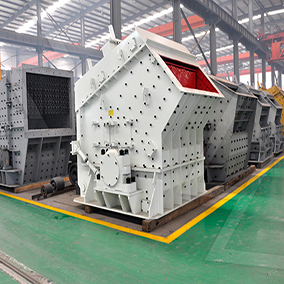In China, ore dressing (mineral processing) commonly involves the use of ball mills and Raymond mills for grinding and processing raw ores. Here’s an overview of their applications and differences:
.jpg) 1. Ball Mill
1. Ball Mill
– Purpose: Used for grinding ores into fine powder (typically below 0.074mm).
– Applications:
– Widely used in gold, copper, iron ore, lead-zinc, and other metal/non-metal beneficiation plants.
– Works in closed-circuit with classifiers (e.g., spiral classifier, hydrocyclone).
– Advantages:
– High capacity, suitable for wet/dry grinding.
– Can handle hard and abrasive ores.
– Key Manufacturers in China:
– CITIC Heavy Industries
– Sinoma-Liyang Heavy Machinery
– Luoyang Zhongde Heavy Industries
2. Raymond Mill (Vertical Roller Mill)
– Purpose: Used for fine grinding of non-metallic minerals (e.g., limestone, barite, calcite, talc).
– Applications:
– More common in processing softer materials rather than hard metallic ores.
– Often used after primary crushing/grinding for ultra-fine powder (80–400 mesh).
– Advantages:
– Energy-efficient compared to ball mills for fine grinding.
– Compact structure, lower noise.
– Key Manufacturers in China:
– Guilin Hongcheng (HC Series)
– Shanghai Clirik Machinery (YGM Series)
 Comparison: Ball Mill vs. Raymond Mill
Comparison: Ball Mill vs. Raymond Mill
| Feature | Ball Mill | Raymond Mill |
|——————|——————————-|——————————-|
| Grinding Media | Steel balls | Rollers & rings |
| Fineness | Coarser (0.074–0.4mm) | Finer (80–400 mesh) |
| Ore Hardness | Suitable for hard ores | Best for soft/medium ores |
| Wet/Dry | Both wet & dry grinding | Typically dry grinding |
| Cost | Higher initial cost | Lower operational cost |
Choosing the Right Mill
– For metallic ore dressing (iron, copper, gold), a ball mill + classifier





Leave a Reply